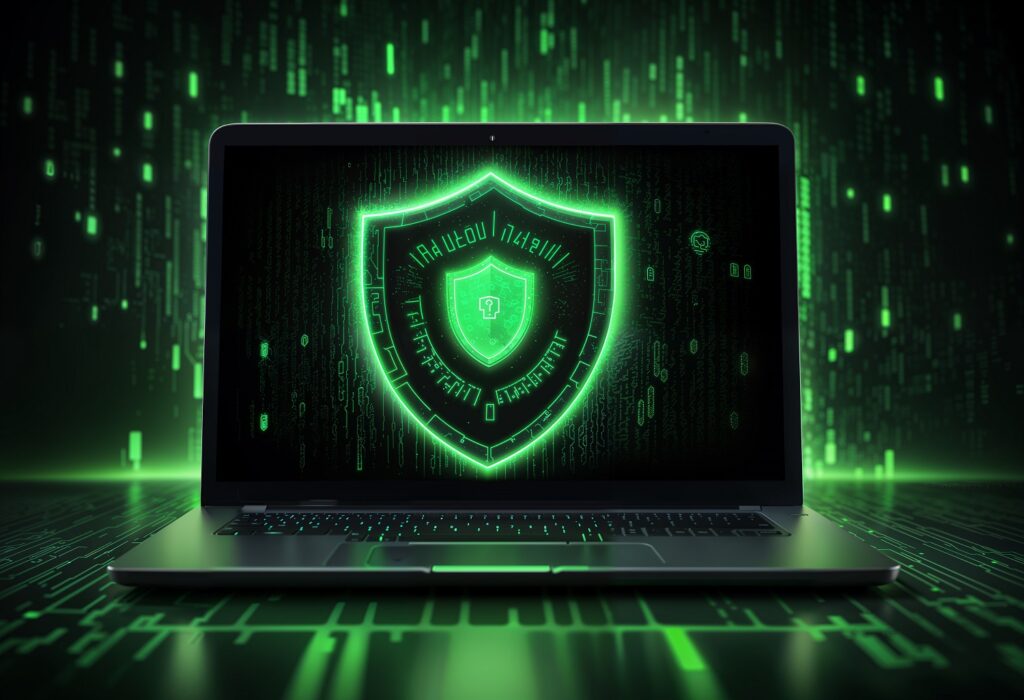
Picture this: You're steering your organization towards ISO27001 certification, a globally recognized standard for information security. You've built a solid Information Security Management System (ISMS), but the final piece of the puzzle remains—ensuring your defences are truly up to the task. That’s where mandatory pentesting comes in.
Just like a stress test for your security system, pentesting simulates real-world attacks, identifying vulnerabilities before they can be exploited. Not only does this help you meet ISO27001 compliance, but it also strengthens your overall security posture, giving you the peace of mind that your organization is well-protected against evolving threats.
Let’s explore how mandatory pentesting plays a crucial role in securing your path to ISO27001 certification and ensuring the ongoing success of your ISMS.
What the ISO27001 Certification is and Why It Matters
ISO27001 is a globally recognized standard for managing information security risks. It provides a systematic approach to protecting sensitive information by implementing security controls that cover people, processes, and technology.
For organizations handling large amounts of data or operating in regulated industries, achieving ISO27001 certification demonstrates that they have the necessary controls in place to safeguard their information assets.
Certification offers a competitive advantage, builds customer trust, and ensures compliance with regulatory requirements.
However, achieving this certification involves meeting strict criteria, including conducting regular pentests to validate the effectiveness of your security measures.
The Role of Mandatory Pentesting in ISO27001 Certification
Mandatory pentesting is a crucial requirement for achieving and maintaining ISO27001 certification. Pentests simulate real-world attacks on your organization’s infrastructure, identifying vulnerabilities that malicious actors could exploit.
With pentesting, you can address weaknesses before they are exploited, so you can fix security gaps and have your ISMS effectively protect sensitive data.
Not only does pentesting help organizations meet ISO27001’s compliance requirements, but it also provides valuable insights into the resilience of your security controls.
It allows for continuous improvement, guaranteeing your security measures are always up-to-date in an evolving threat landscape.
How Pentesting Supports ISO27001 Security Controls
Pentesting directly supports several ISO27001 security controls by testing the strength of your organization’s defenses against potential breaches. This helps to validate that your security measures align with the ISO27001 requirements, which include risk assessment, incident management, and access control.
For example, pentesting can identify weaknesses in access controls, such as poorly configured permissions or inadequate authentication methods.
This helps you improve controls and compliance with the ISO27001 framework. This, in turn, reduces the likelihood of data breaches and protects your client’s information.
Best Practices for Successful ISO27001 Pentesting
Preparing for a successful ISO27001 pentest involves several key steps. Here are a few best practices to ensure a smooth process:
- Assess Your Current Security Posture: Before scheduling a pentest, review your existing security controls to identify any known vulnerabilities and areas that require improvement.
- Choose an Experienced Pentesting Provider: Partner with a reputable provider like 7ASecurity that has proven experience with ISO27001 compliance and understands the nuances of the certification process.
- Establish Clear Testing Objectives: Define the scope of the pentest and ensure that it covers the most critical systems and data within your organization.
- Review the Pentest Results Thoroughly: After the pentest, carefully review the findings with your provider and prioritize remediation efforts based on the severity of the vulnerabilities.
Strengthen Your ISO27001 Compliance with 7ASecurity
Mandatory pentesting is not just a compliance checkbox—it’s a crucial step in ensuring your organization’s security posture is strong and resilient.
This is why it’s important to identify vulnerabilities and align with ISO27001’s stringent security controls. Protect sensitive data, build client trust, and improve your overall security framework.Ready to take the next step toward ISO27001 certification? Contact 7ASecurity today to learn more about our pentesting services and how we can support your compliance journey.

